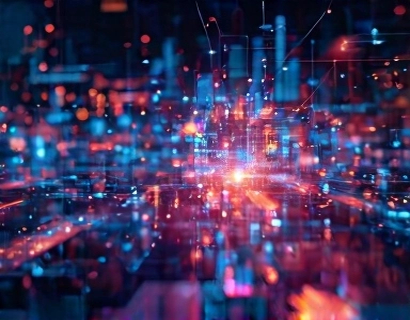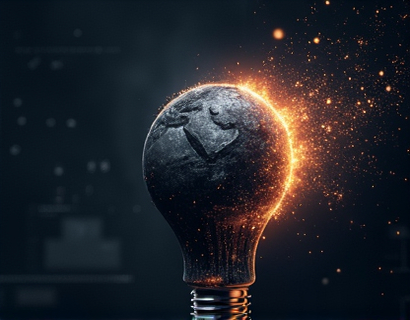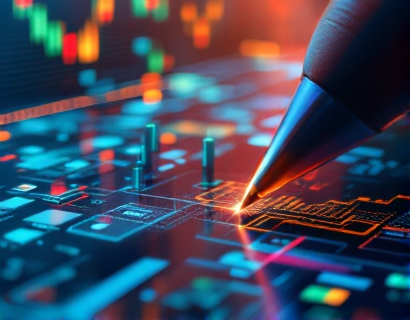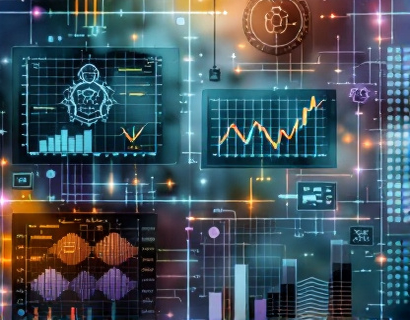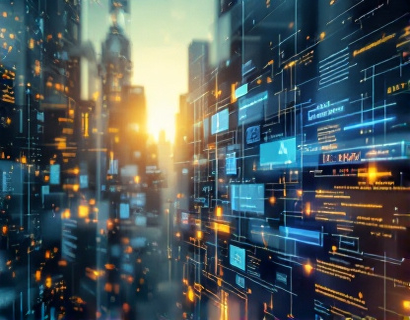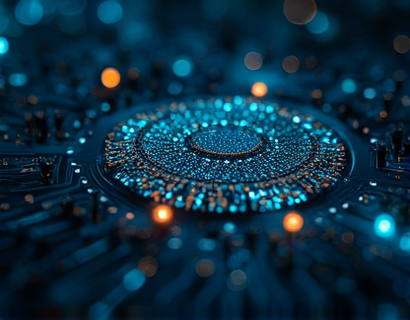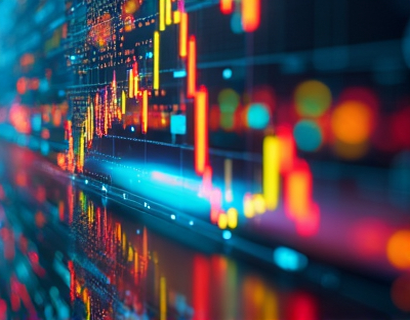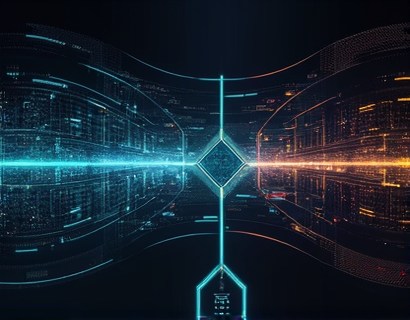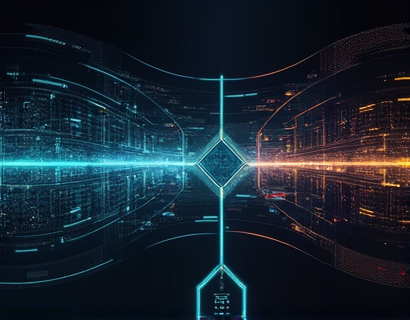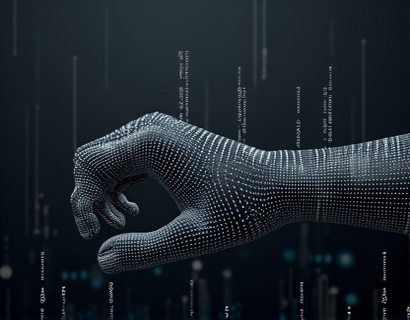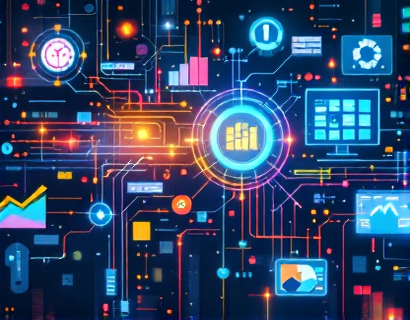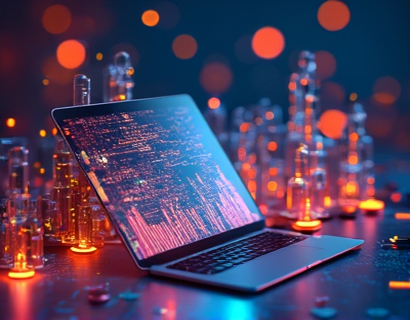Decentralized Innovation: Transforming Digital Experiences with AI and Crypto Integration
The digital landscape is undergoing a profound transformation driven by the convergence of artificial intelligence (AI) and blockchain technology. This synergy is giving rise to decentralized innovations that are redefining user interactions and opening new growth opportunities. As tech professionals and enthusiasts, understanding the intersection of AI, blockchain, and decentralized applications is crucial for navigating the future of digital transformation. This article delves into how these technologies are reshaping the way we experience and interact with digital services, offering insights into the potential and challenges of this evolving tech landscape.
The integration of AI and blockchain is not just a technological curiosity but a powerful force that can enhance efficiency, security, and user engagement. AI brings intelligence and automation to digital processes, while blockchain provides a secure, transparent, and decentralized framework for transactions and data management. Together, they create a robust ecosystem that can revolutionize various industries, from finance and healthcare to entertainment and beyond.
Enhancing User Interactions with AI and Blockchain
One of the most significant impacts of this technological fusion is the enhancement of user interactions. Traditional digital experiences often suffer from centralized bottlenecks, slow response times, and security vulnerabilities. Decentralized applications (dApps) powered by AI and blockchain can offer a more seamless and secure experience. For instance, AI-driven chatbots on a decentralized platform can provide 24/7 customer support without the need for a central server, reducing latency and increasing reliability.
Moreover, blockchain's immutable ledger ensures that user data and transactions are tamper-proof, fostering trust and transparency. This is particularly important in sectors like finance, where secure and verifiable transactions are paramount. AI can further enhance this by analyzing user behavior and preferences to deliver personalized experiences, all while maintaining the integrity and privacy of user data.
Decentralized Applications: The New Frontier
Decentralized applications, or dApps, are at the forefront of this digital revolution. Unlike traditional applications that rely on centralized servers, dApps operate on a blockchain network, distributing control and data across a network of nodes. This decentralization not only enhances security but also promotes innovation by lowering barriers to entry for developers and users alike.
AI plays a crucial role in the development and functionality of dApps. Machine learning algorithms can be integrated into dApps to perform complex tasks such as predictive analytics, natural language processing, and image recognition. For example, a decentralized social media platform could use AI to curate content based on user preferences while ensuring that the platform remains decentralized and user-controlled.
Use Cases of AI and Blockchain Integration
The potential applications of AI and blockchain integration are vast and varied. In the financial sector, decentralized finance (DeFi) platforms leverage AI to offer automated trading, risk management, and lending services. These platforms can provide financial services to underserved populations, democratizing access to capital and financial tools.
In healthcare, AI-driven dApps can manage patient data securely and efficiently, enabling better diagnosis and treatment plans. Blockchain ensures that patient data is encrypted and accessible only to authorized parties, enhancing privacy and compliance with regulations like GDPR.
The entertainment industry is another area where AI and blockchain can create transformative experiences. Decentralized content distribution platforms can reward creators directly through tokenized models, eliminating intermediaries and ensuring fair compensation. AI can enhance this by personalizing content recommendations and managing copyrights and royalties automatically.
Challenges and Considerations
While the potential of AI and blockchain integration is immense, there are several challenges and considerations that must be addressed. Scalability remains a significant issue for blockchain technology. As the number of transactions increases, blockchain networks can become slow and expensive to use. Innovations like sharding and layer 2 solutions are being developed to address these scalability concerns, but they require further refinement and adoption.
Interoperability is another critical aspect. For decentralized ecosystems to thrive, different blockchain platforms need to communicate and work together seamlessly. Standards and protocols like Cosmos and Polkadot are being developed to facilitate interoperability, but widespread adoption is still in the works.
Regulatory uncertainty is a third challenge. The decentralized nature of these technologies often conflicts with existing regulatory frameworks, leading to legal ambiguities and potential risks. As the technology matures, it is essential for regulators and the tech community to collaborate on creating clear and supportive policies.
Future Prospects and Opportunities
Looking ahead, the integration of AI and blockchain is poised to unlock numerous opportunities for growth and innovation. The rise of Web 3.0, a decentralized internet powered by blockchain, promises a more open, secure, and user-centric web. AI will be a key enabler of this vision, driving smarter, more intuitive, and personalized digital experiences.
For businesses, embracing these technologies can lead to competitive advantages by enhancing operational efficiency, reducing costs, and creating new revenue streams. Startups and established companies alike can leverage AI and blockchain to build innovative products and services that resonate with the evolving needs of consumers.
For developers and tech enthusiasts, the field offers exciting opportunities for research and development. Contributing to open-source projects, participating in decentralized communities, and staying updated with the latest advancements are crucial steps in harnessing the full potential of AI and blockchain.
Conclusion
The synergy of AI and blockchain is transforming the digital landscape, offering unprecedented opportunities for innovation and growth. By enhancing user interactions, enabling decentralized applications, and addressing traditional challenges, this technological fusion is reshaping the way we experience and engage with digital services. As tech professionals and enthusiasts, embracing and understanding these changes is essential for thriving in the future of technology. The journey ahead is both challenging and rewarding, promising a more decentralized, intelligent, and inclusive digital world.





